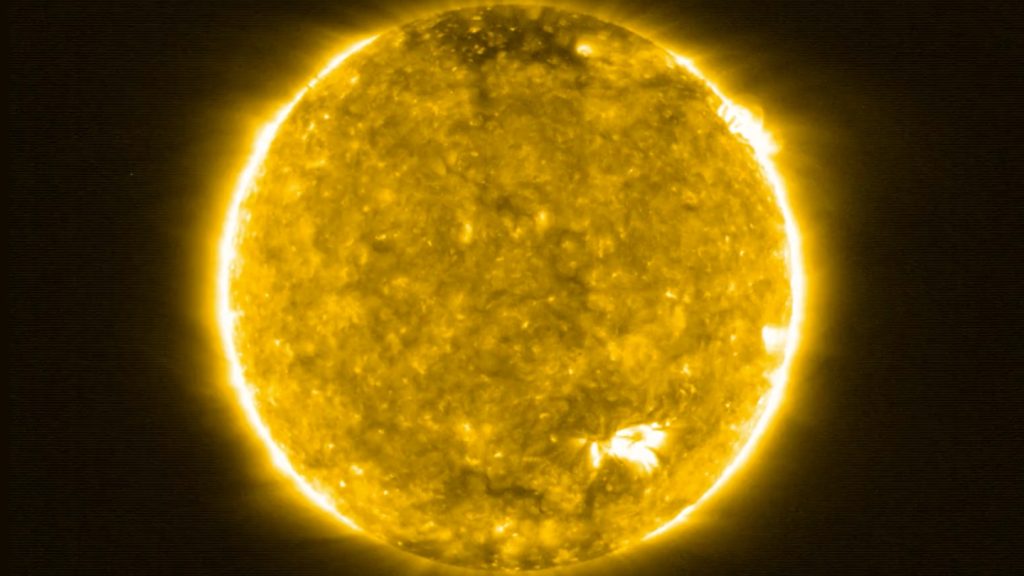Scientists have recently discovered tiny eruptions on the sun called campfire flares, which were first observed in 2020 by the European Space Agency’s Solar Orbiter probe. These campfires are much smaller in scale compared to larger solar flares and coronal mass ejections. Solar physicist Navdeep Panesar and her team studied 52 campfires and found that nearly 80% of them were preceded by dark structures made of cool plasma.
The researchers observed that when the cool plasma rises, a brightening appears underneath it, which then turns into a campfire flare. Similar structures precede other solar explosions such as coronal jets, indicating that these plasma structures are more common than previously thought. These findings suggest that various solar eruptions, including campfires, jets, flares, and mass ejections, arise from similar mechanisms involving magnetic field interactions.
Flares and mass ejections on the sun occur when magnetic fields of opposite polarities become tangled and release a significant amount of energy. While the exact mechanisms behind campfire flares are not fully understood, they are believed to contribute to heating the sun’s million-degree corona, which is significantly hotter than the sun’s surface temperature of 5500°C. This disparity in temperature between the corona and the sun’s surface has been a longstanding mystery for solar physicists.
Understanding the processes that lead to campfire flares and other solar eruptions is crucial for advancing solar physics and gaining insights into the sun’s behavior. Studying these phenomena can provide valuable information about the sun’s structure, magnetic fields, and mechanisms driving its dynamic activity. This research contributes to the broader field of solar science and helps shed light on the complex dynamics of our nearest star.
Efforts to support climate journalism and environmental literacy are increasingly important in the face of ongoing environmental challenges, including climate change. By encouraging scientific research and understanding, we can enhance our ability to address environmental issues and make informed decisions about climate policy. Subscribing to reputable scientific sources and supporting science education initiatives can help build a sustainable future based on a solid foundation of scientific knowledge.















